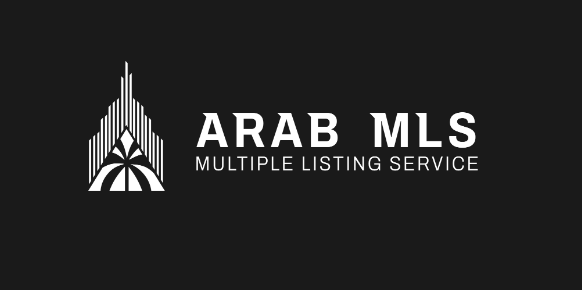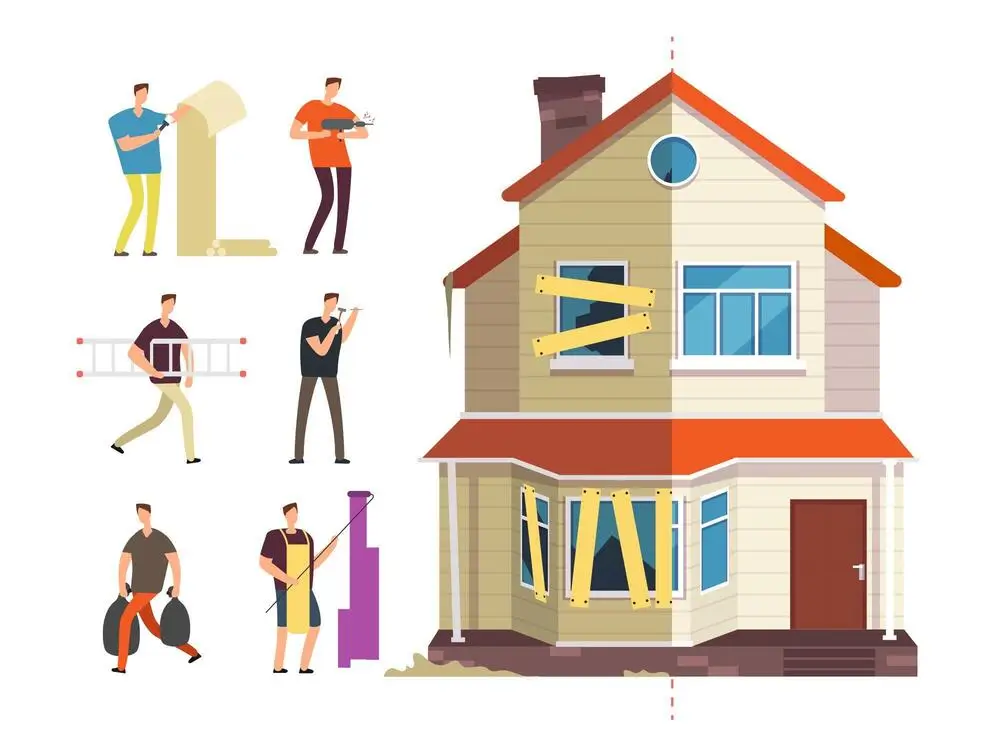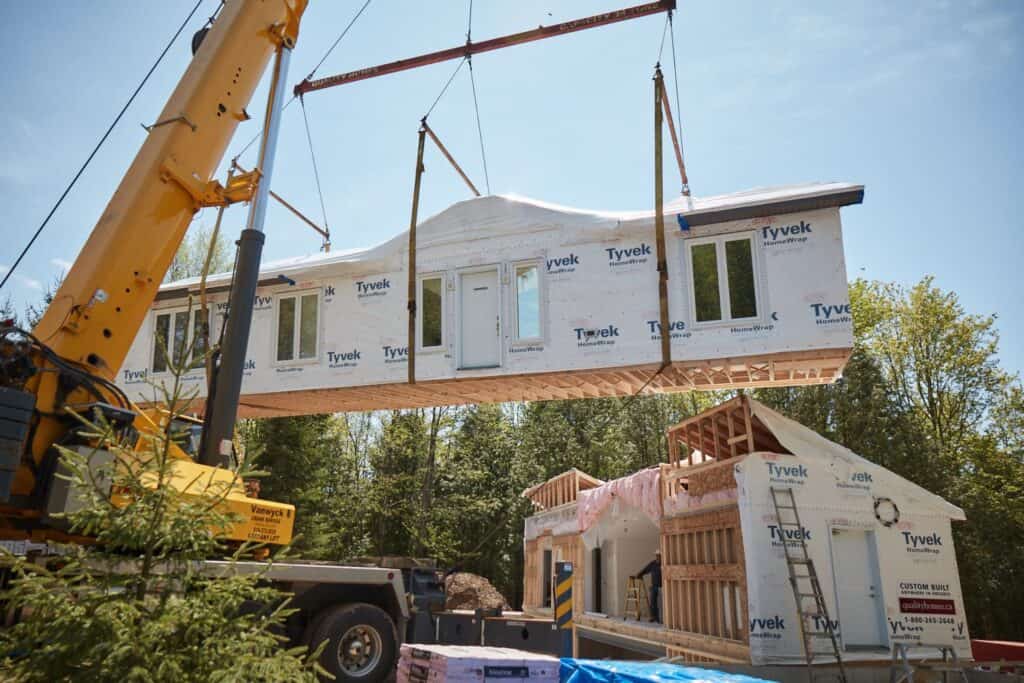In an increasingly connected world, technology plays a pivotal role in creating smarter, more interactive communities. The Multiple Listing Service (MLS), traditionally used as a central hub for real estate listings and agent collaboration, has the potential to evolve beyond its conventional role. By integrating MLS-driven community alert systems, MLS platforms can enhance not just the buying and selling process, but also the security and communication within neighborhoods and communities.
A community alert system powered by MLS technology can provide real-time updates on critical events, such as property listings, local developments, crime reports, safety concerns, neighborhood improvements, and other community-related activities. These alerts can empower residents, prospective buyers, and agents with information that directly affects their well-being, property decisions, and sense of community.
In this article, we will explore the concept of MLS-driven community alert systems, their benefits, how they can be implemented, and the potential challenges they may present.
What is an MLS-Driven Community Alert System?
An MLS-driven community alert system is an advanced feature that leverages MLS technology to send timely, location-specific notifications and updates to residents, property buyers, and agents within a community. These alerts can cover various topics, including:
- Real estate market updates: New property listings, price changes, or open houses.
- Neighborhood safety alerts: Crime reports, emergency notifications, and local incidents.
- Local events and developments: Information on upcoming community events, construction projects, and infrastructural changes.
- Property-related issues: Maintenance reminders, property zoning updates, and HOA announcements.
- Public service alerts: Utility outages, road closures, and school closings.
This system operates similarly to other community notification tools, but it leverages MLS data to offer highly relevant and accurate alerts that are tied to real estate listings, trends, and local area developments. By centralizing this information within the MLS ecosystem, users can stay informed about all aspects of the community in one platform.
Key Features of MLS-Driven Community Alert Systems
1. Real-Time Notifications
The most important feature of any alert system is the ability to provide real-time notifications. For an MLS-driven system, this means delivering timely updates about:
- New Listings: Buyers and agents receive instant notifications when a new listing that meets their criteria becomes available in their target area.
- Price Drops and Changes: Alerts about price changes for properties of interest can help buyers make timely decisions and potentially negotiate better deals.
- Local News Updates: Alerts about relevant local news, such as new developments, construction projects, or zoning changes, can inform residents and buyers of how the neighborhood is evolving.
By providing these updates in real time, MLS-driven community alert systems ensure that users are always in the loop.
2. Customizable Preferences
A well-designed MLS-driven alert system allows users to tailor notifications according to their preferences. For example:
- Buyer Preferences: Prospective buyers can set filters to receive alerts about new listings based on specific criteria such as price range, neighborhood, number of bedrooms, or property type.
- Resident Preferences: Current homeowners or renters can opt into alerts about safety concerns, neighborhood events, or school closures that directly affect their daily lives.
- Agent Preferences: Real estate agents can set up alerts for upcoming open houses, new listings from particular clients, or property price adjustments in areas they specialize in.
By allowing customization, the alert system provides value to a diverse range of users, from residents to buyers and agents.
3. Integration with MLS Listings and Data
The core of the MLS-driven community alert system lies in its integration with MLS listings and data. MLS platforms already house a wealth of detailed information about properties, neighborhoods, and trends. Integrating this data into the alert system ensures that users receive accurate, up-to-date information.
For example, if a property in a particular neighborhood experiences a price drop, the system can alert potential buyers who have expressed interest in that neighborhood. Similarly, if a new construction project is approved nearby, the system can notify residents or interested investors about the potential impact on property values or community dynamics.
4. Safety and Security Alerts

Safety is always a priority for community members, and MLS-driven alert systems can contribute by notifying users about local crime reports or safety concerns. For instance:
- Neighborhood Crime Reports: Alerts about crimes (e.g., break-ins, thefts, or vandalism) can help residents stay informed and vigilant.
- Emergency Notifications: Alerts about local emergencies like fires, natural disasters, or major accidents can ensure that residents and property buyers are aware of potential risks.
- Lost Pets or Missing Persons: In some cases, MLS-driven alert systems can also be used to broadcast missing person reports or lost pet alerts to local communities.
By fostering communication about safety issues, these systems can make communities feel more secure and interconnected.
5. Community Event and Local Development Notifications
Another important feature is the ability to send notifications about community events and local developments. These updates could include:
- Neighborhood Events: Information about local festivals, farmers’ markets, or charity runs can help residents stay engaged in their community.
- Construction and Zoning Changes: Notices about new developments, property zoning changes, or building permits in the area can affect buyers and sellers who are trying to gauge the neighborhood’s prospects.
- Public Services: Alerts about upcoming roadwork, utility outages, or school closures can help residents plan accordingly.
These notifications can help individuals better understand the dynamics of their neighborhood and help them make informed decisions about property investments.
Benefits of MLS-Driven Community Alert Systems
1. Increased Transparency
Community alert systems increase transparency by keeping residents, buyers, and agents informed. With real-time updates, users are more aware of what’s happening in their neighborhoods, including issues related to safety, property prices, and local events. This transparency helps people make better decisions and fosters a sense of trust within the community.
2. Enhanced Engagement
By actively participating in the alert system, users are more likely to engage with the MLS platform. Buyers may keep track of new listings, while residents may become more involved in neighborhood events or safety initiatives. Additionally, agents who have access to these updates can stay on top of market trends and offer more personalized advice to clients.
3. Improved Buyer Confidence
For potential buyers, having access to real-time information about a property and its surroundings can greatly increase their confidence in making a purchase. If a buyer receives timely alerts about a price drop, nearby developments, or the safety status of the neighborhood, they can make more informed decisions. This confidence can accelerate decision-making and increase the likelihood of a successful transaction.
4. Strengthening Community Ties
By keeping residents updated on neighborhood events, safety issues, and local developments, the MLS-driven community alert system can foster a greater sense of community. People are more likely to engage with their neighbors, local businesses, and community initiatives when they feel informed and connected. This can lead to stronger, more cohesive communities.
5. Reduced Information Overload
In the real estate market, there is often an overwhelming amount of information available to buyers and sellers. The MLS-driven alert system reduces information overload by delivering only the most relevant and timely updates based on user preferences. This tailored approach ensures that users receive valuable information without being bombarded by irrelevant details.
Challenges and Considerations
While MLS-driven community alert systems offer significant benefits, they also present several challenges and considerations:
1. Privacy Concerns
A key challenge when implementing community alert systems is ensuring that user privacy is protected. MLS platforms must ensure that sensitive data, such as personal contact information or location details, is kept secure. Additionally, users must have control over the types of notifications they receive and be able to opt out of specific alerts.
2. Data Accuracy and Relevance
The effectiveness of an MLS-driven community alert system depends on the accuracy and relevance of the information provided. Incorrect or outdated data can lead to confusion and undermine user trust. MLS platforms must ensure that all alerts are based on reliable, up-to-date information, particularly when it comes to safety or neighborhood developments.
3. User Adoption
Getting users to adopt and actively use the MLS-driven alert system can be a challenge. For the system to be effective, users must be willing to opt into notifications and engage with the platform regularly. Education and promotion efforts will be needed to encourage users to take full advantage of the system.
4. Overuse of Alerts
While alerts can be incredibly useful, there is a fine line between helpful notifications and spam. If users are bombarded with too many alerts, they may become overwhelmed or opt-out entirely. Therefore, MLS platforms need to ensure that the frequency of notifications is appropriate and tailored to user preferences.
Conclusion
MLS-driven community alert systems present an exciting opportunity to enhance real estate engagement, improve communication, and create more connected and informed communities. By providing timely, relevant updates about real estate listings, safety concerns, local developments, and community events, these systems offer value not just to buyers and sellers, but to all members of a neighborhood.
However, for these systems to be effective, they must prioritize user preferences, maintain data accuracy, and address privacy concerns. By carefully balancing these elements, MLS platforms can provide a tool that fosters community engagement, empowers real estate professionals, and strengthens the bonds between neighbors. In the end, MLS-driven community alert systems can transform the way we think about real estate—moving beyond property transactions to build stronger, more informed communities.













